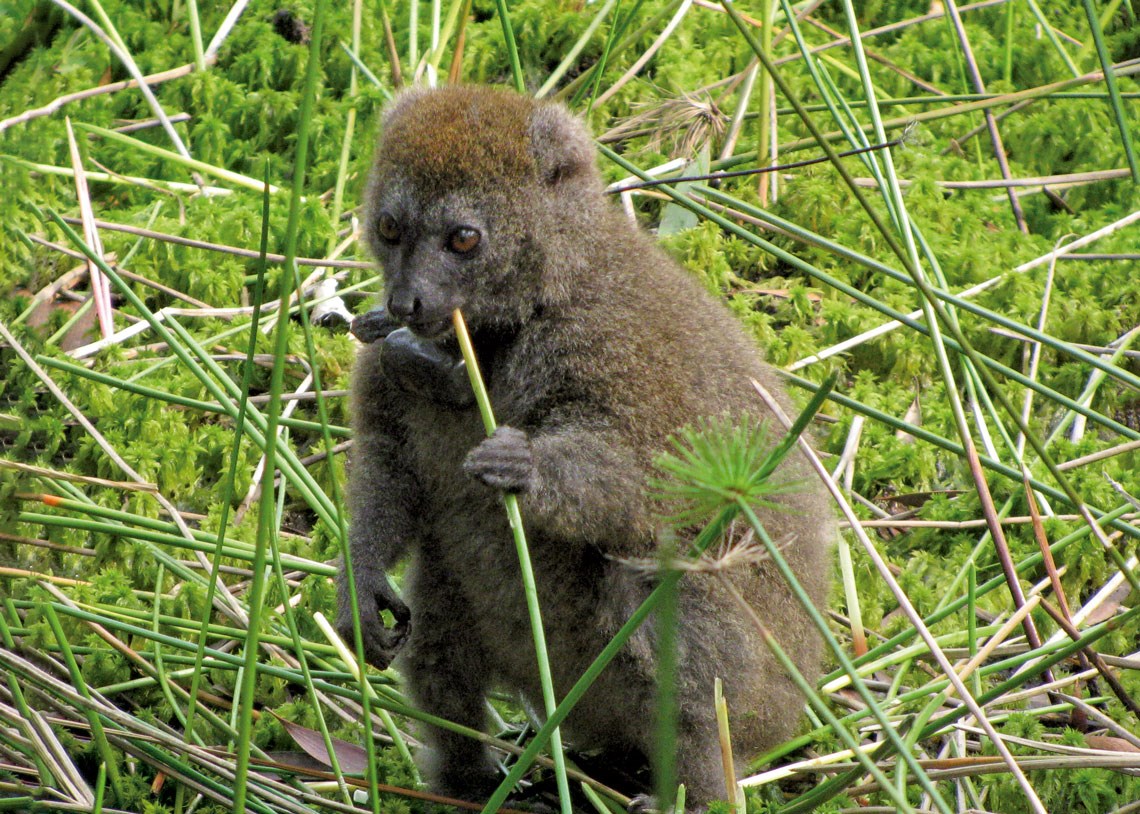Monkeys, lemurs, and other primates in the Americas and Madagascar spend most of their time in the trees, while their large relatives from Africa (gorillas and chimpanzees) and Asia (orangutans) rarely leave the ground. In a study led by Portland State University zoologist Timothy Eppley, a group of researchers, several of them Brazilian, analyzed 150,000 observation hours of 47 arboreal primate species to identify which characteristics lead to some of them spending more time on the ground. The transition from life in the trees to the ground has occurred several times over the course of primate evolution, and the scientists suspect that changes in nature caused by human activity may eventually force many more arboreal species to begin living on the ground. Ecological factors, such as the increased temperature and reduced tree canopy, and characteristics typical of the species (e.g., a diet with fewer fruits and more food groups) promote the adoption of terrestrial habits (PNAS, October 10). According to the authors, due to changes in the environment and climate, species from warmer regions with more generic diets may start spending more time on the ground.
RepublishZoology
Heat and diet lead to arboreal primates living on the ground

Lemur species Hapalemur meridionalis from Madagascar eating
Timothy Epple

